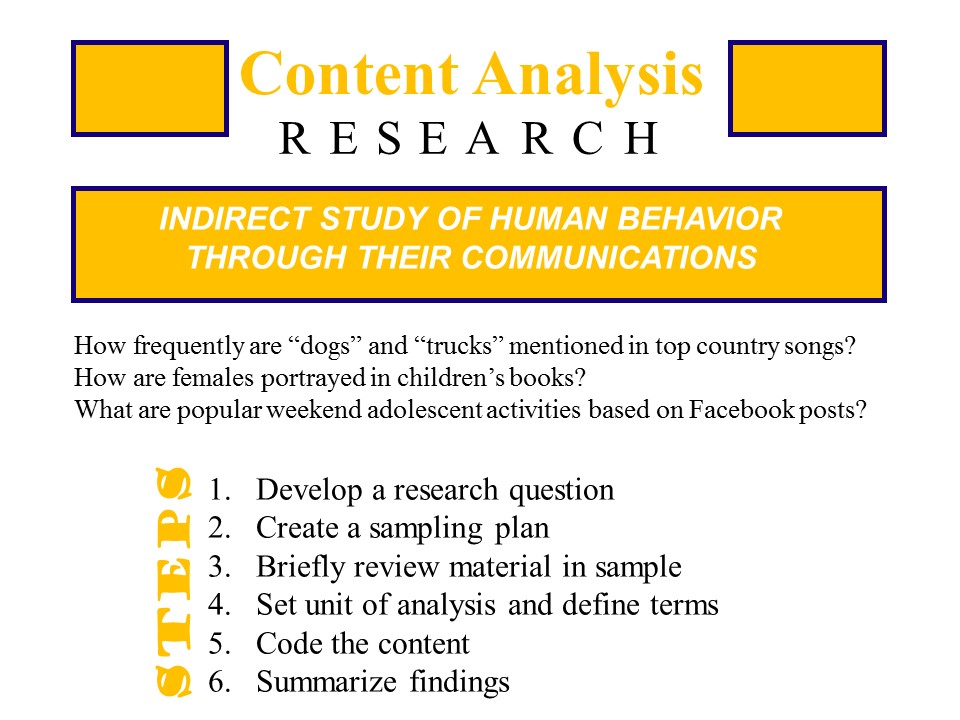When conducting a content analysis, researchers have the option to code either the manifest content and/or the latent content of a communication. These two categories differ in significant ways.
Manifest content pertains to the apparent and readily observable elements within a communication, such as the words, pictures, images, and other explicit aspects that can be directly perceived. No interpretation or deeper analysis is required to grasp its meaning. For example, to assess whether a particular educational curriculum fosters critical thinking skills, a researcher might simply tally the occurrences of the word “thinking” in the course objectives listed within the curriculum outline.
Conversely, latent content involves uncovering the underlying meaning or implications hidden beneath what is explicitly stated or shown. To uncover the latent content within a document, such as a course outline, a researcher may need to read through the entire document or a representative sample of its contents, focusing on sections describing classroom activities and homework assignments that students will encounter. Through this process, the researcher forms an overall judgment regarding the extent to which the course is likely to promote critical thinking. Although the researcher’s assessment may be influenced by the presence of the word “thinking” in the document, it does not solely rely on the frequency of this word or its synonyms. Instead, it delves deeper to uncover the nuanced meanings and implications behind the content.
Del Siegle, Ph.D.
University of Connecticut
del.siegle@uconn.edu
www.delsiegle.info
updated 2/01/2024
